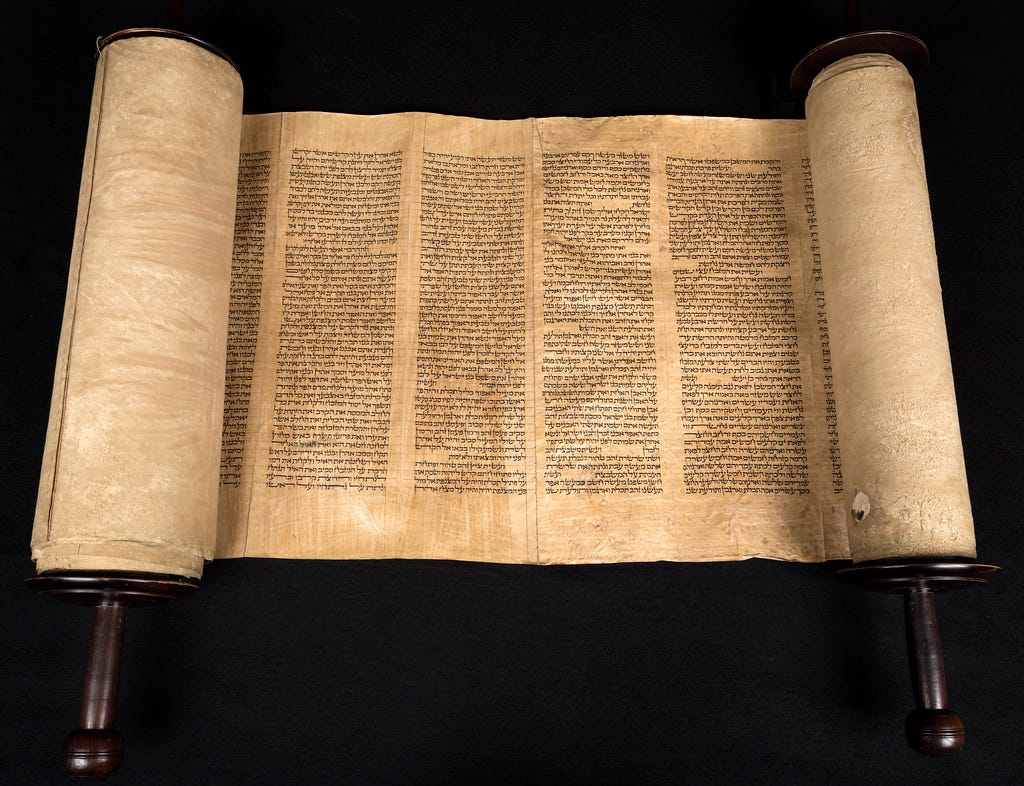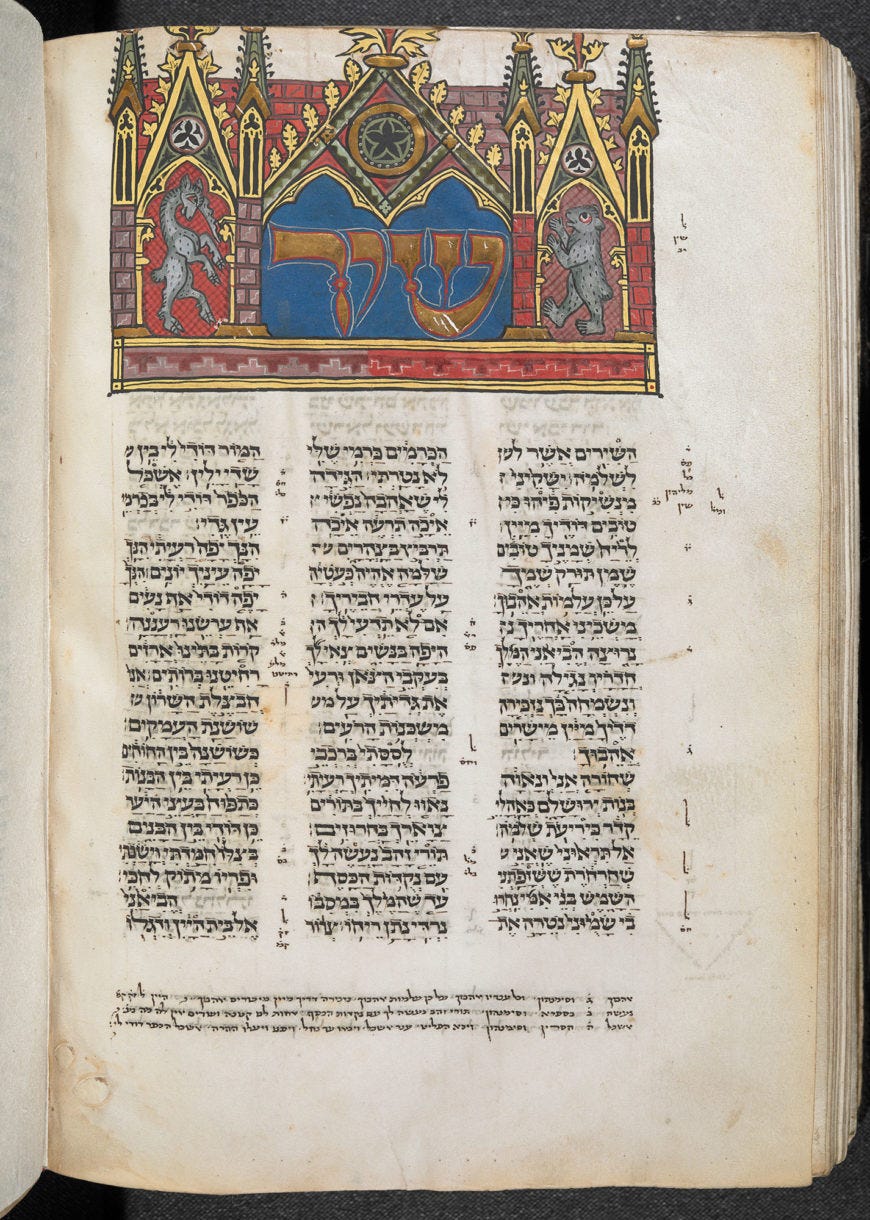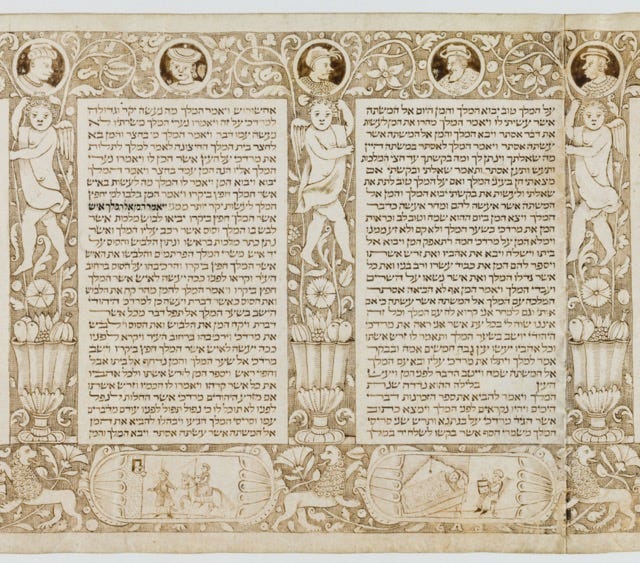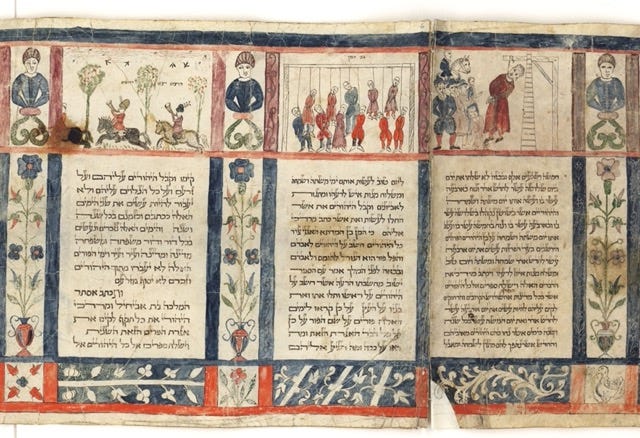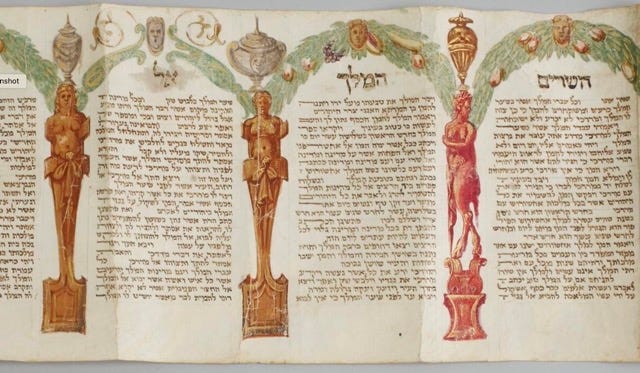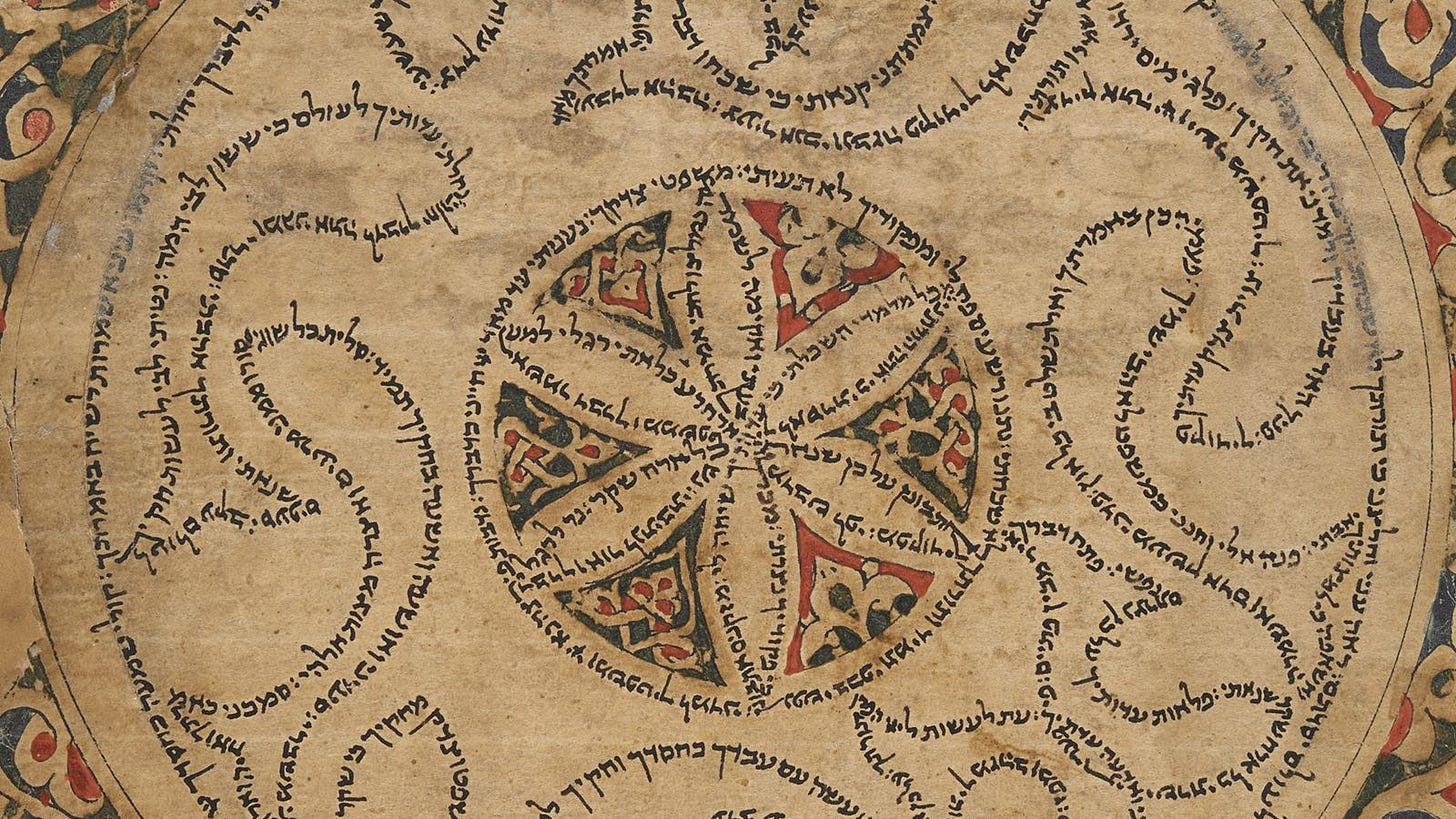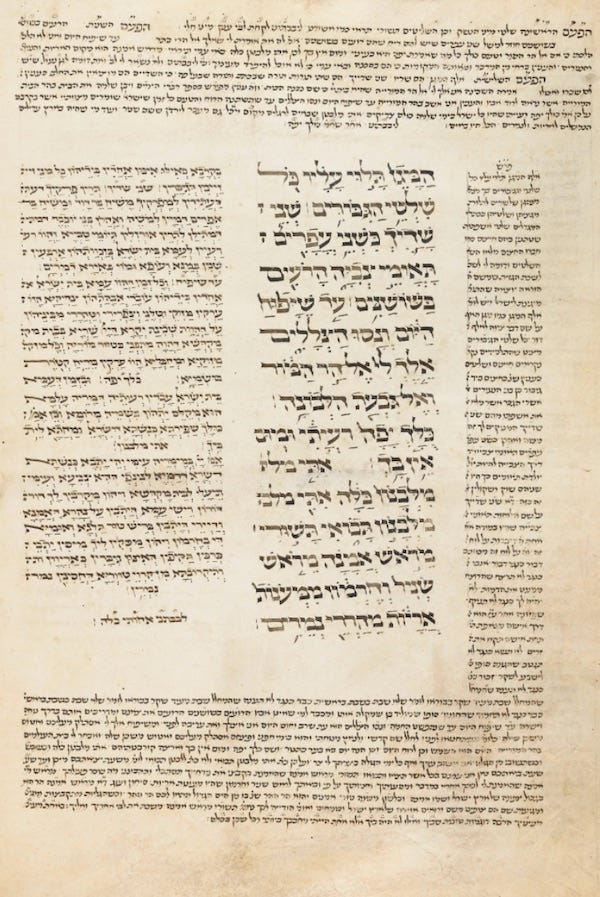The Hebrew Bible, a text thousands of years old, is as much a physical artifact as a literary work. Over the centuries, its form and style have been shaped by advancements in technology and the diverse cultures where Jewish communities have thrived. This post explores some of these physical styles and their cultural influences.
From Oral Tradition to Scrolls
Originally passed down through oral tradition, the Hebrew Bible was eventually written on animal skin scrolls. These scrolls, known as sefer Torah (with sefer meaning "scroll"), remain central to Jewish worship today. Most synagogues house at least one sefer Torah, often stored in an ornate case called a tik. During services, the sefer Torah may be ceremonially carried around, reflecting its profound spiritual significance.
The Codex and Modern Formats
While scrolls are still used in synagogues, the Hebrew Bible and other Jewish sacred texts are now commonly published in codex format—bound books that are easier to handle and study.
Cultural Influences on Style
The style of the Hebrew Bible evolved, influenced by the cultures and nations where Jewish communities lived.
Sephardic Tradition
In the Iberian Peninsula of Spain and Portugal, under Muslim rule, Sephardic Hebrew Bibles often mirrored the artistic styles of Islamic texts, such as the Quran. These texts avoided depictions of people or animals, adhering to Islamic aesthetic principles.
Ashkenazi Tradition
In contrast, Ashkenazi Hebrew Bibles from Western Europe adopted features common in Christian illuminated manuscripts. These often included intricate images of people and animals, reflecting European artistic conventions.
Micrography
A uniquely Jewish art form, micrography emerged in the Middle Ages (9th–10th centuries) within Jewish communities across the Middle East and Europe. It uses tiny Hebrew letters to create elaborate designs and images, often integrated into or surrounding biblical texts. This practice honored laws discouraging representational art while transforming sacred text into visually stunning works of devotion and creativity.
Study Hebrew Bibles
A distinct feature of Jewish tradition is the emphasis on study and discussion. This is exemplified in study editions of the Torah, where the biblical text occupies the center of the page, surrounded by rabbinical commentary from various sages throughout history. This format underscores Judaism's commitment to debate, interpretation, and the belief that understanding grows through dialogue, not dogma.




